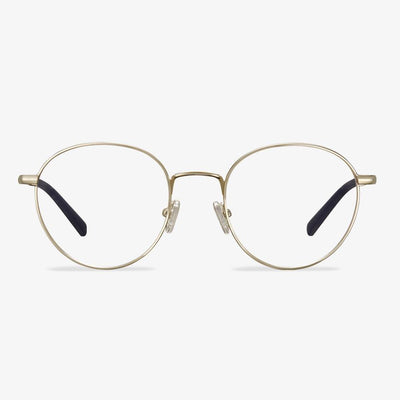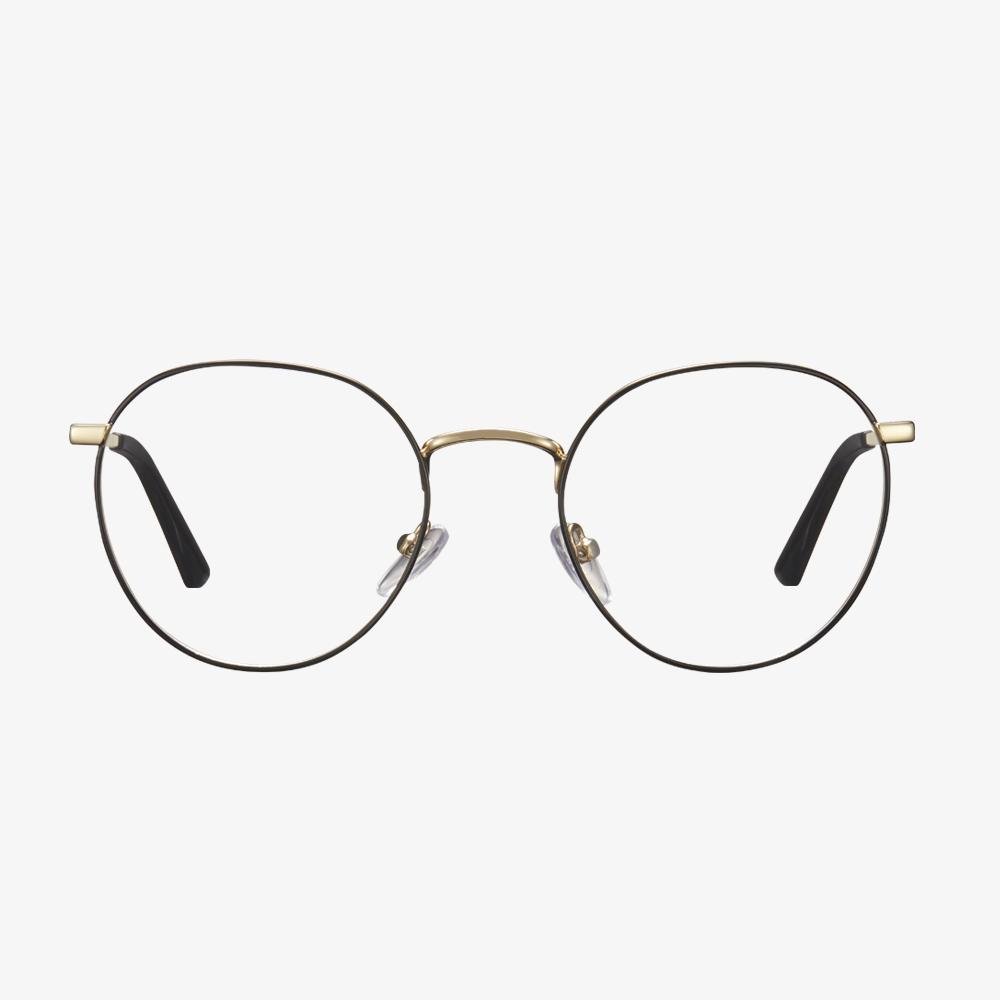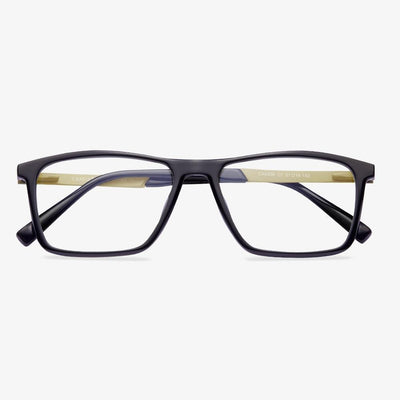Evolution of hard coating technology
The first generation of the use of hard coating technology began in the early 1970s, the quartz material is deposited on the surface of a resin lens under vacuum conditions, form a very hard anti-wear film. However, due to the mismatch between the thermal expansion coefficient and the film base material, it is easy to delaminate and crack the film. Instead, it forms the mottle on the surface of the lens, and the effect is not optimal.
The second generation of hard coating technology is the use of the 1980s. The surface of the resin sheet is coated with a material with high hardness and not easy to be brittle and cracked by an immersion process. At this time, anti-reflection coating lenses had appeared and gained the recognition of consumers, but the mismatch between adding hard coating and anti-reflection coating still caused serious lens wear.
The third generation of hard coating technology was developed in the 1990s, mainly in order to solve the problem of wear resistance after coating resin lenses with an anti-reflection film. The hardened material evolved into a polymer organic matrix material.
Fourth-generation coating technology is dominated by silicon atoms, in which the hardened solution contains both organic substrates. It contains inorganic ultrafine particles, including silicon elements, which make the hard coating not only tough but also hard.
What Are Blue Light Glasses?
Blue light blocking glasses have specially crafted lenses that are said to block or filter out the blue light given off from digital screens. The lenses are often marked with a coating that protects your eyes from eye strain and can help reduce potential damage to your retina from prolonged exposure to blue light.
User experience is key.
In the past, the foundation of corporate brands was mainly to provide consumers with satisfying material benefits. However, with the development of mobile applications, the situation has changed. Consumers pay more attention to product experience and product brand.
Choose the cost-effective glasses.
Choose your favorite glasses online. Open the shopping website, and select a store with high credibility. Choose your favorite glasses according to the style, lens, frame color, blue light blocking, radiation protection, and other factors, and then communicate with the customer service about the thickness of the lens and other specific details. If you see the frame is not suitable for yourself, you can communicate with customer service ahead of time to see whether you can buy the frame to send freight insurance. If it is not suitable, can we return it for a refund? To buy a store with a high reputation, you can look at the store's good comments and bad reviews. Talk to customer service. Sometimes there are hidden discounts.
What does the glasses emoji mean?
The glasses emoji is a special type of symbol that can be used on smartphones, tablets, and computers. The glasses emoji is an illustration of glasses, used by people with poor vision or those who believe that wearing glasses makes them look smarter, purely as a style element. Different devices may have different versions of the glasses emoji. The glasses emoji, which varies slightly across platforms, depicts a pair of glasses with a gray or black border. Most are square or slightly round. The glasses emoji is used to talk about the fashion of wearing eyeglasses.
Professional glasses repair service
EyeglassesDepot is a national leader in the eyewear and sunglasses repair industry. Technicians have decades of professional experience, and the lab has the ability to perform eyewear lens replacement, eyewear metal repair, eyewear plastic repair, eyewear crystal repair, screw repair, and scratch removal for your glasses or sunglasses. Most glasses can be repaired, no matter what the frame is made of. You are not obligated to pay until the lab confirms that your glasses can be repaired.
Who need progressive lenses?
There is no limit to the degree of progressive multifocal lenses. Whether it is nearsightedness, presbyopia or moderate astigmatism, it can be worn, but not everyone can wear it. There are two types of progressive multifocal lenses on the market, one is hard and the other is soft. The main difference between the two designs is the length of the progressive channel. The rigidly designed progressive film has a short progressive path and relatively less peripheral aberrations. In order to ensure vision at various distances, fewer vertical dimensions are required. For example, a teenage progressive film belongs to this design, but because of its short gradual path, the gradation process is too short. Fast. Compared with the elderly, this design is more difficult to adapt; the soft design of the progressive film has a relatively long gradation channel and relatively large peripheral aberrations, but due to its long gradation channel, the gradation process is relatively smooth, which makes it easy to wear glasses It is suitable for people with poor adaptability.
If you are a person who is able and willing to accept new things, understand and adapt to the temporary discomfort caused by progressive addition lenses, we suggest that he can wear a pair, if he has severe hypertension, dizziness and other symptoms, or People who have misunderstandings about progressive lenses and are unwilling to adapt should not try them. Because you first wear progressive multifocal glasses, you may experience: slight dizziness, shaking when walking, and being careful when moving up the stairs.
The perception of space has changed, the perception of the distance of the object, and the perception of depth have changed. New wearers should not drive immediately and do strenuous exercise. When you look close, you need to turn your eyes down, and your eyes are mildly uncomfortable. Seeing an object through the blurred vision area around the lens makes the object blurred. Therefore, when new wearers look at things, turn their heads more, turn their eyes less, try to use the far-use zone, the near-use zone, and the middle-distance zone to see objects.











































